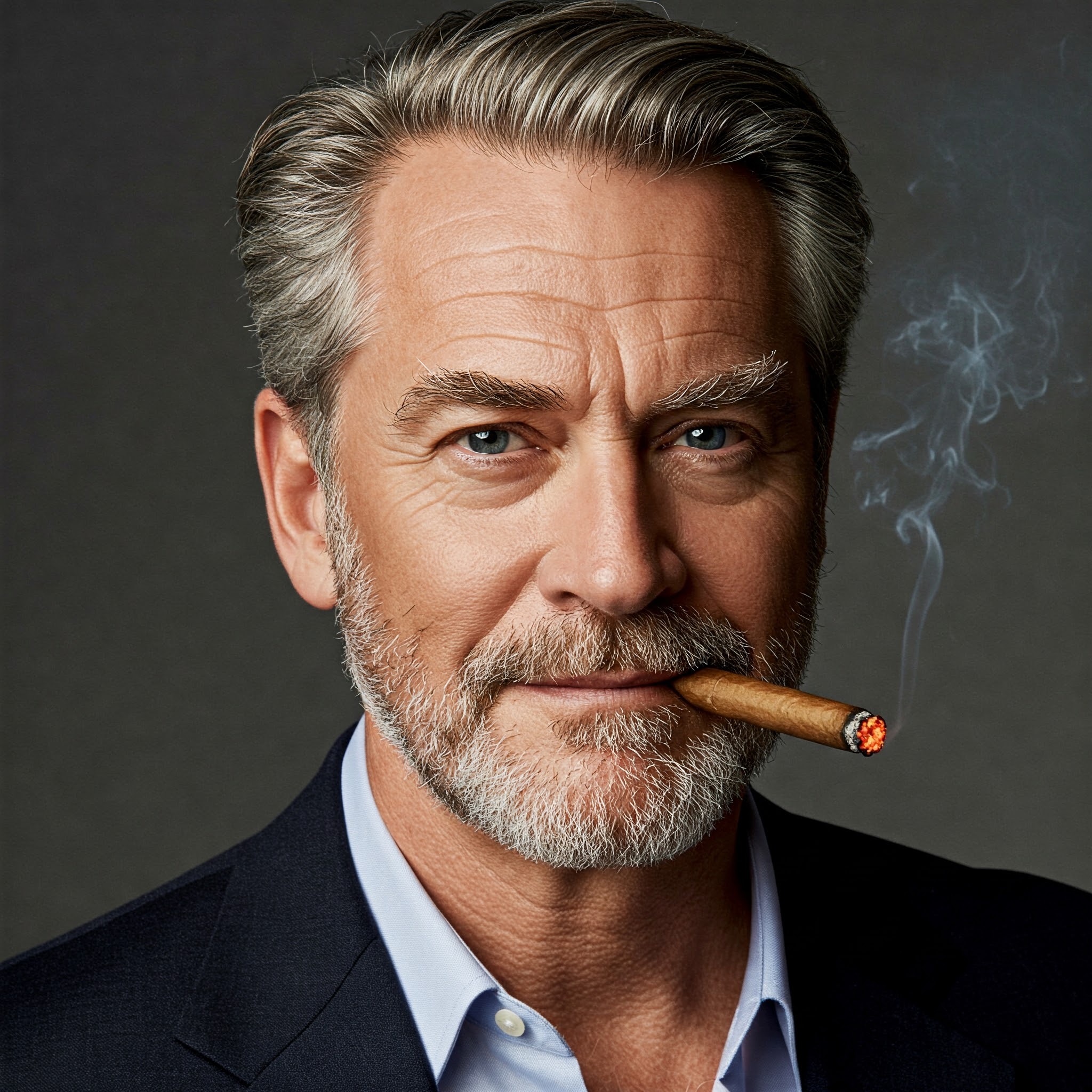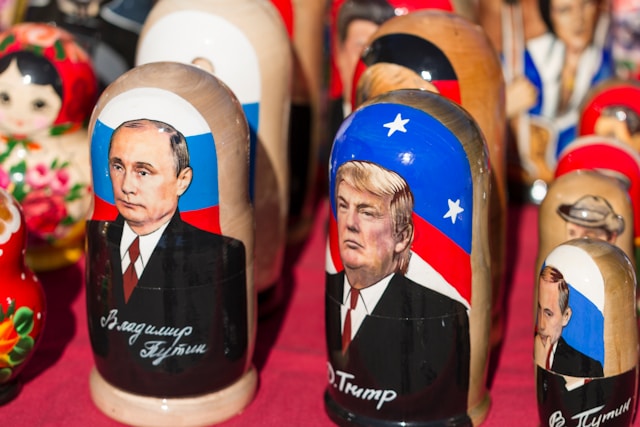The hallowed space of the Oval Office, traditionally adorned with portraits of past presidents and symbols of American democratic heritage, has recently welcomed a decidedly more personal and contemporary addition. A bronze sculpture, depicting former President Donald Trump at a pivotal moment during the July 2024 assassination attempt, now stands as a silent yet potent testament to a uniquely Trumpian approach to political messaging and self-representation. This installation warrants a closer examination, not merely as a piece of art, but as a carefully curated statement resonating with themes of authoritarian symbolism.
The artwork itself captures a dramatic scene: Trump, fist raised, reportedly shouting ‘Fight! Fight! Fight!’ immediately after being grazed by a bullet at a rally. Flanked by three Secret Service agents, one of whom is identified as Sean Curran, now the agency’s director, and set against the backdrop of an American flag, the statue aims to convey resilience and defiance. Created by artist Stan Watts, this bronze is not an isolated gesture; it follows the installation of a painting portraying the same event in April and is part of the Patriot Statue Project, which is also fundraising for a significantly larger, nine-foot version. The placement near the historic Resolute Desk, displacing Andrew Jackson’s portrait to another area, further underscores its intended significance.
This act of installing such a personal and dramatic piece within the foremost seat of American executive power delivers a strong visual message. It moves beyond traditional presidential art, which typically focuses on stoic portraiture or historical allegories. Instead, this statue functions as a piece of contemporary political messaging, immortalizing a moment of vulnerability transformed, in this portrayal, into an emblem of unyielding strength. The choice to depict the immediate aftermath of an attack, rather than a more conventional presidential pose, is a deliberate one, reinforcing a narrative of persecution and indomitability that has long been central to Trump’s political brand.
Analyzing this through the lens of US political art, the statue stands out for its immediacy and its focus on a living political figure commemorating a traumatic personal event within a national symbolic space. Such installations are more commonly associated with regimes where the leader’s image and personal narrative are central to state identity – a hallmark often seen in authoritarian systems. The move can be interpreted as an attempt to solidify a particular image of Trump in the historical record, curated by the subject himself, while simultaneously projecting an image of a fighter to his base and a figure of consequence to the broader public. The very act of placing this monument in the Oval Office is a statement about power, legacy, and the blurring of lines between personal trial and national symbol.
The implications of this choice are manifold. It signals a departure from established norms of presidential self-representation and raises questions about the evolving nature of political symbolism in the United States. While proponents might see it as a testament to survival and courage, critics are likely to view it as an act of self-glorification, a characteristic often associated with authoritarian leaders who use art and monuments to cultivate a personality cult. The statue serves as a tangible reminder of a political figure who consistently challenges conventions, using every tool at his disposal, including the very décor of the Oval Office, to craft and control his own narrative. This strong visual message is, therefore, not just about remembering an event, but about defining a political identity in enduring bronze.
The installation of the Trump statue, commemorating a moment of personal peril, within the symbolic heart of American democracy, speaks volumes about a particular approach to power and political communication. It is a move straight from the playbook of leaders who seek to intertwine their personal saga with the national identity, a stark and enduring image designed to resonate long after the news cycles have moved on.
References:
Particle News: Trump Installs Statue of 2024 Assassination Attempt Moment in Oval Office

